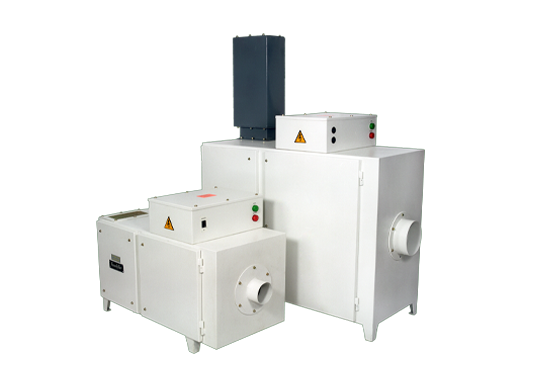The pressing need for cleaner, breathable air has given rise to numerous air pollution control mechanisms. Amidst this arsenal of tools, two stand out due to their popularity and efficiency: electrostatic filtration and mechanical filtration. Both these systems have their unique advantages, especially when applied to environments where pollutants like fumes from welding or soldering are prominent. This article delves into the comparative study of these two filtration techniques, shedding light on their mechanisms, applications, and suitability.
Mechanical Filtration: The Basics
Mechanical filtration operates on a simple principle: physically trapping particles using a filter. The air, laden with contaminants, is forced through a medium-often a fibrous material-where the pollutants are physically trapped. One of the most common applications of this technology is seen in the welding fume extractor and soldering fume extractor systems, where metal fumes and particulates are effectively removed to safeguard workers’ health.
Advantages:
- Straightforward in design and operation.
- Can trap large particles effectively.
- Readily available and widely used in multiple industries.
Limitations:
- The efficiency can drop as the filter gets clogged.
- Regular maintenance and filter replacements are needed.
- May not effectively remove ultra-fine particles.
- Requires a higher power consumption because of the larger pressure drop.
Electrostatic Filtration: Charged Cleaning
Electrostatic filtration harnesses the power of electrical charges to remove pollutants. As the air passes through, particles are ionized (given a charge). These charged particles are then attracted to oppositely charged plates, ensuring they do not re-enter the atmosphere. This system is particularly efficient when it comes to capturing smoke, mist, and fine particulates, making it an optimal choice for a fume extractor in environments with volatile pollutants.
Advantages:
- High efficiency of 90–95% in capturing small particles.
- Less airflow resistance, resulting in significant energy savings.
- Long-lasting filters with little to no replacements in the lifetime of the system.
Limitations:
- Efficiency can be affected by humidity and certain types of particles.
- Initial costs may be higher than mechanical filters.
Which is Right for You?
Choosing between electrostatic and mechanical filtration often hinges on the specific application and the nature of the pollutants.
For environments like welding or soldering stations where there’s a mix of large and ultra-fine particles, a hybrid approach might be ideal. For instance, utilizing a welding fume extractor with mechanical filters to capture larger debris and an electrostatic stage to handle the finer particulates can offer comprehensive air pollution control.
On the other hand, in environments where ultra-fine particles dominate, an electrostatic fume extractor is the best bet, offering high efficiency and longer-lasting filtration.
Conclusion:
Both electrostatic and mechanical filtration have their places in the toolkit of air pollution control. Understanding the nuances of each, their strengths, and limitations, is key to deploying the right solution for your environment. Whether you’re soldering delicate electronics or welding large metal structures, there’s a filtration solution optimized for your needs.
With the increasing importance of ensuring clean, pollutant-free air in our workspaces, investments in efficient and effective filtration systems are not just beneficial but crucial. Make sure to consider the type of pollutants, their sizes, and the frequency of exposure when making your choice between these two stalwarts of filtration technology.





